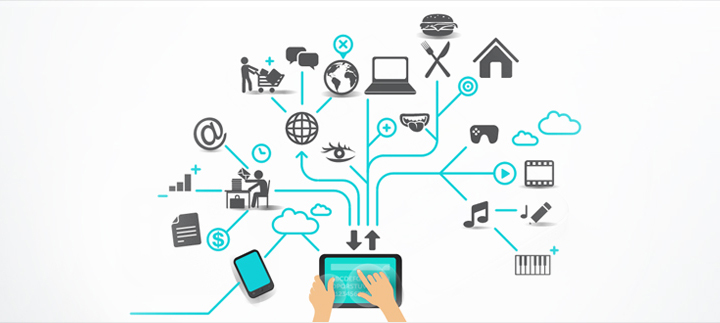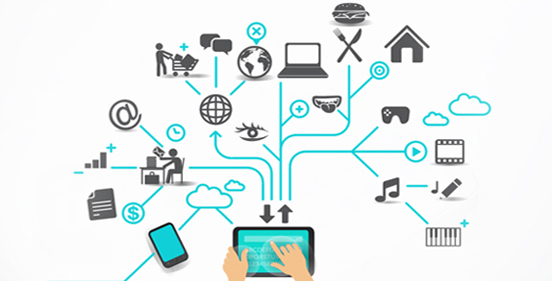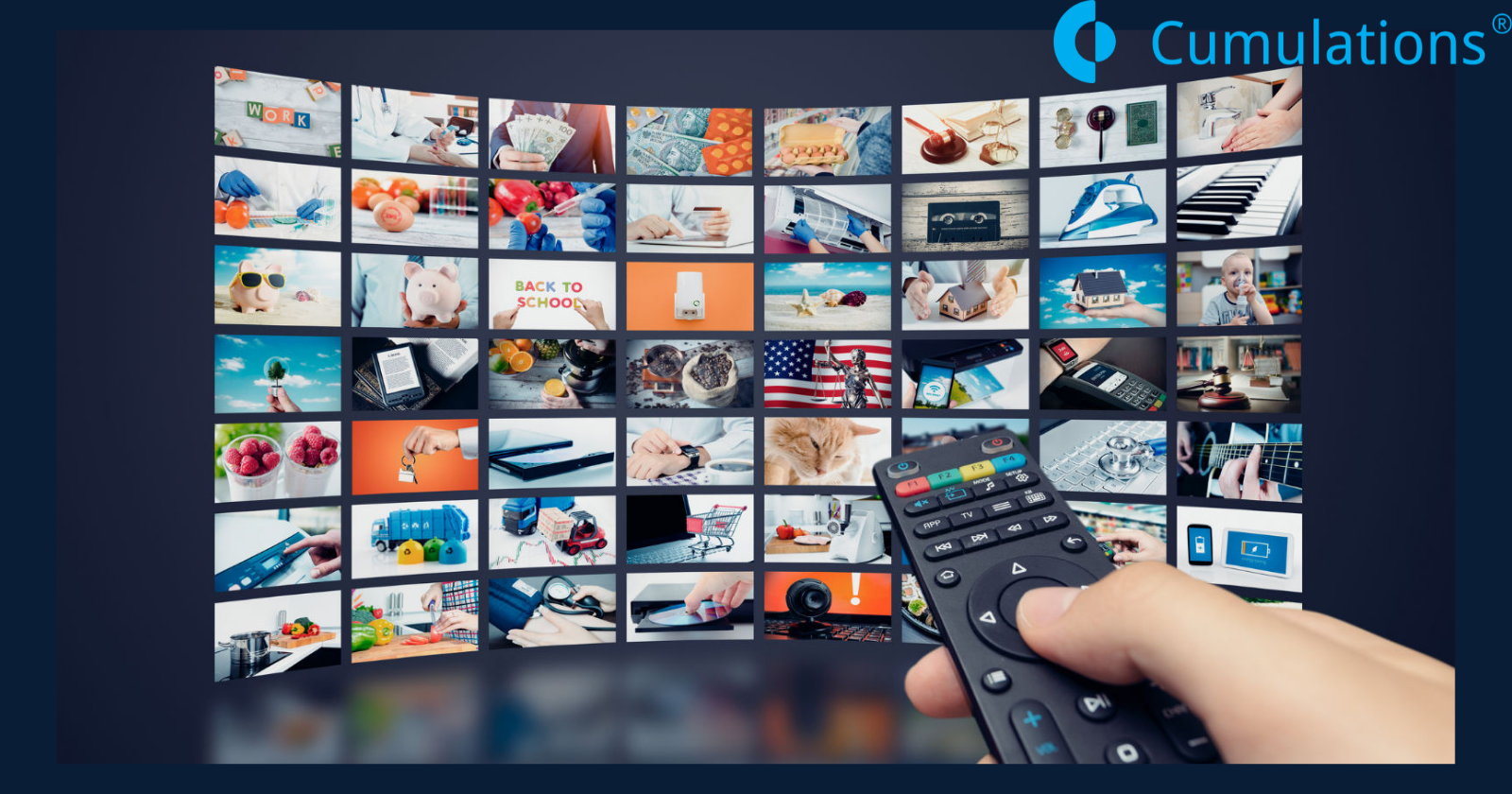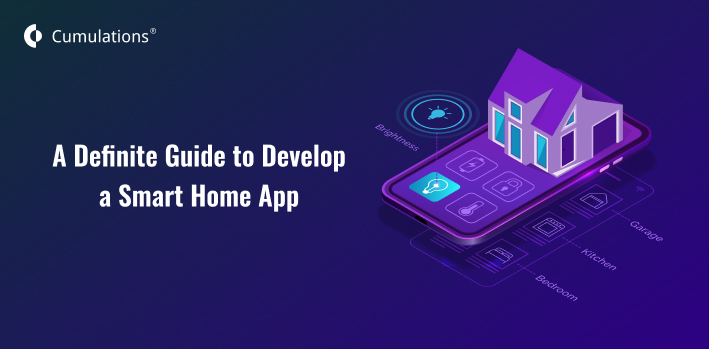
The Internet of things (IoT) is becoming an increasingly talked about the conversation among many. It is a concept today that is slowly and steadily defining the way we live as well as the way we work. It changes the way we see and perceive the things we do. Its growth over the years can only attribute for one thing, that the internet of things is here and it’s here to stay.
But for so many who are unaware of the change around us, what is “the internet of things?” It’s quite complex when you really go into the details and the politics of the whole thing, so let’s stick to the basic fundamentals of things. Broadband internet access today, is readily available to pretty much anyone. The cost of being able to establish a connection to the internet is so low that anyone can do it today. This, coupled with the growing production of devices that can connect to this network through Wi-Fi capabilities and you have it in a nutshell.
In short, this “internet of things” is nothing but being to connect all these devices to the internet with the help of a button. Remember those futuristic films you watched as a child where one device could control an entire home? That’s the internet of things quite simply put. This includes everything from cell phones to lights to even your garage door.
The Ecosystem of Things
So we’ve already established that this internet of things is an aggregation of all our interconnected devices. This allows for meaningful Human-machine interactions and furthermore, machine-machine interactions. Now, let’s take a look further into the internet of things that highlight what makes it all up.
We have 4 basic components that comprise the very functionality of the internet of things:
1. Hardware: Which is your device. Today, most machines and devices alike are capable of emitting and detecting frequency signals around them and even attempt to make a connection with them. They do this with the help of temperature, motion and pressure sensors that are embedded in them. A great example of such things are devices with NFC capabilities. We’ve heard them throwing around the term in marketing new smartphones, but many never truly got the concept. With the help of such sensors, the device converts physical parameters into signals that can be measured electrically. Hence, motion and pressure and temperature
2. The Gateway: As the name states, it acts as a sort of path that bridges the gap between the hardware and the interconnected web or internet based on the signals. They collect data from the signals emitted by the devices and transmit them to the internet infrastructure.
3. The Cloud: This is the internet that we all know and have come to love. As we all know, the cloud infrastructure is virtually limitless and is capable of storing billions of databases. The signals transmitted are processed with this infinite database that can be used to perform intelligent actions thus deeming these items “smart”.
4. Mobile Applications/Software: This pertains to the end user or the consumer. The software is what enables us to communicate with machinery since they communicate primarily on binary codes. These intuitive apps allow us to monitor and control the devices. These apps can receive and push the important information allowing the user to send commands to their smart devices.
These are what one may consider building blocks that formulate together what we call the internet of things. Let’s take a basic example of how these sensors work. For instance, temperature. The mercury in the glass thermometer (that’s right, your smartphone has one) expands and contracts based on the atmosphere. This mercury is measured and converted electronically and can be read on the viewer through the calibrated glass. This is but a very simple example of how the sensors can play a role in the internet of things.
The Daily Life of Things
With the dependency of human life on technology continuing to grow daily, it’s no real surprise the impact and role that this internet of things has played.
To explain it in simpler terms, you have the hardware which is, of course, the device or machine that you wish to control, say your automated garage door. This door is connected to the local Wi-Fi in your home which is also connected to your smartphone. Through this link, you may be able to control your garage door at the tap of a button on your phone from the living room.
Now you may be wondering, why smartphones? The entire world is going mobile. Everyone today prefers their experiences on-the-go and smartphones aim to do just that. Smartphones are available in abundance and are also considered a necessity by today’s standards making it accessible to all. The advent and rise of mobile technology and the internet have only justified things further. In 2016, it was found that India alone has 375 million internet users, of which 303 million were mobile internet users.

This only pushes the need for more smartphone users and therefore more apps to be developed for smartphones. People today want things done more conveniently for them and apps do just that. Having mobile apps connected to the internet of things makes life a whole lot easier. Mobile applications, therefore, make up the very concept of the internet of things.
With Great Power
The internet of things is a very powerful tool and can make life a breeze in a paced society. It can create a very smart environment but can also have certain ramifications. We need to keep in mind that the internet of things is still a relatively new concept and is only just picking up traction in terms of adopters. There are some things to keep in mind though:
Pros of IoT:
- Automates your daily tasks.
- Saves time and money.
- Improves the very quality of life.
- Could do away with physical labor, thus reduce human labor.
Cons of IoT:
- Limited Security of Information.
- Can become complex over time.
- Increasing dependency on technology.
In conclusion, there will be no stopping the internet of things. The overall convenience that it brings to the table may be more than enough to outweigh the cons it presents. As of now, it gives us the idea that we’re are in control of the things we do and that’s okay. As stated earlier, the internet of things is here to stay. Contact Cumulations, a leading IoT mobile app development company for developing IoT apps for your business.
Related read:
1. 8 Things you should Know About Distribution of IoT.
2. Integrating Alexa Skills for IoT Mobile solution (iOS).
3. The role of Artificial Intelligence in the IoT Revolution.


 +91-984-5825982 | +91-996-4689921
+91-984-5825982 | +91-996-4689921 sales@cumulations.com
sales@cumulations.com Send your requirement
Send your requirement 



